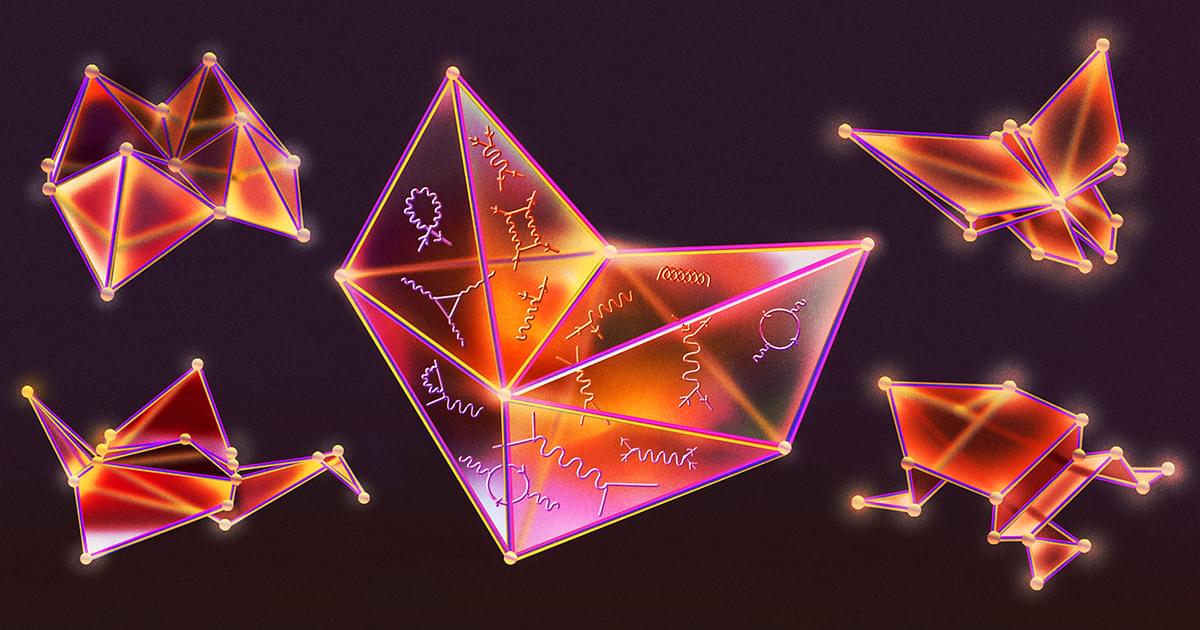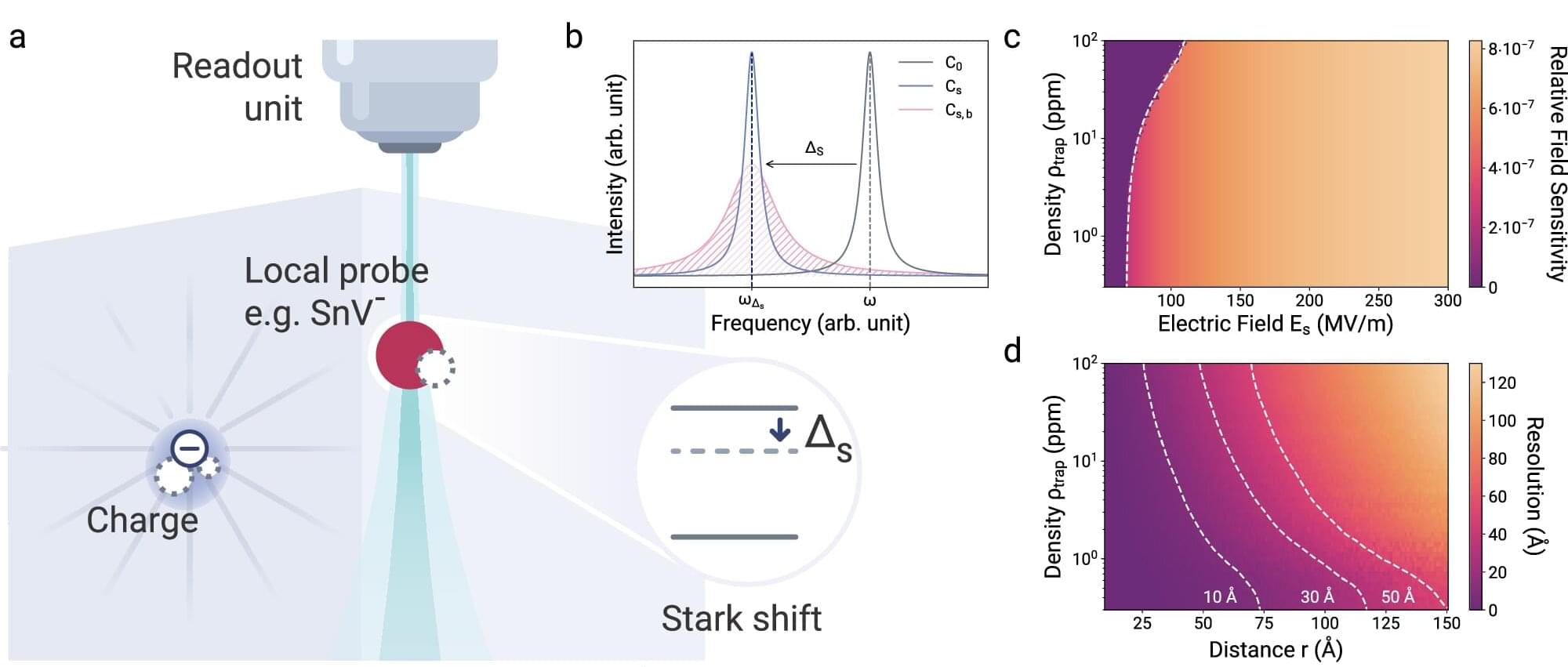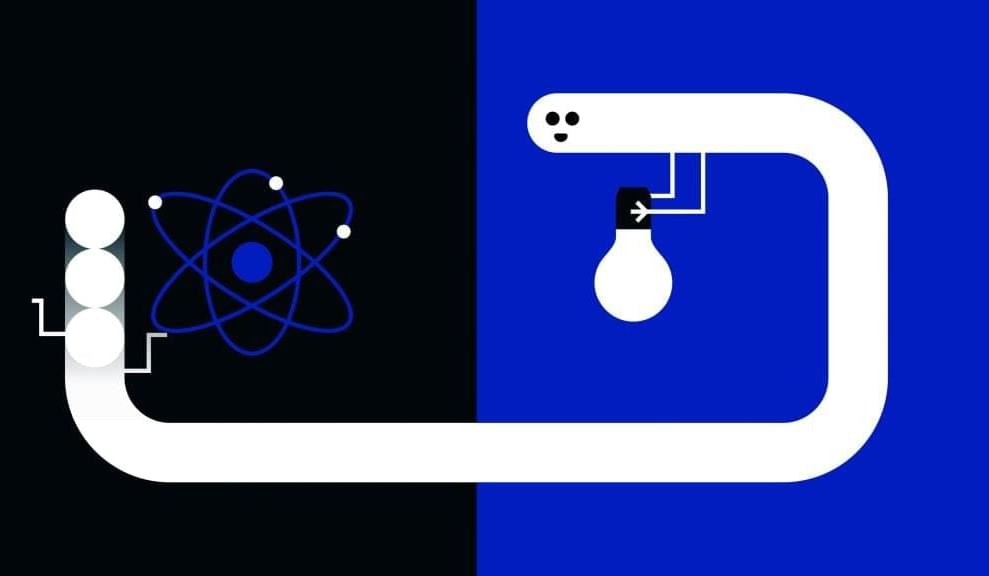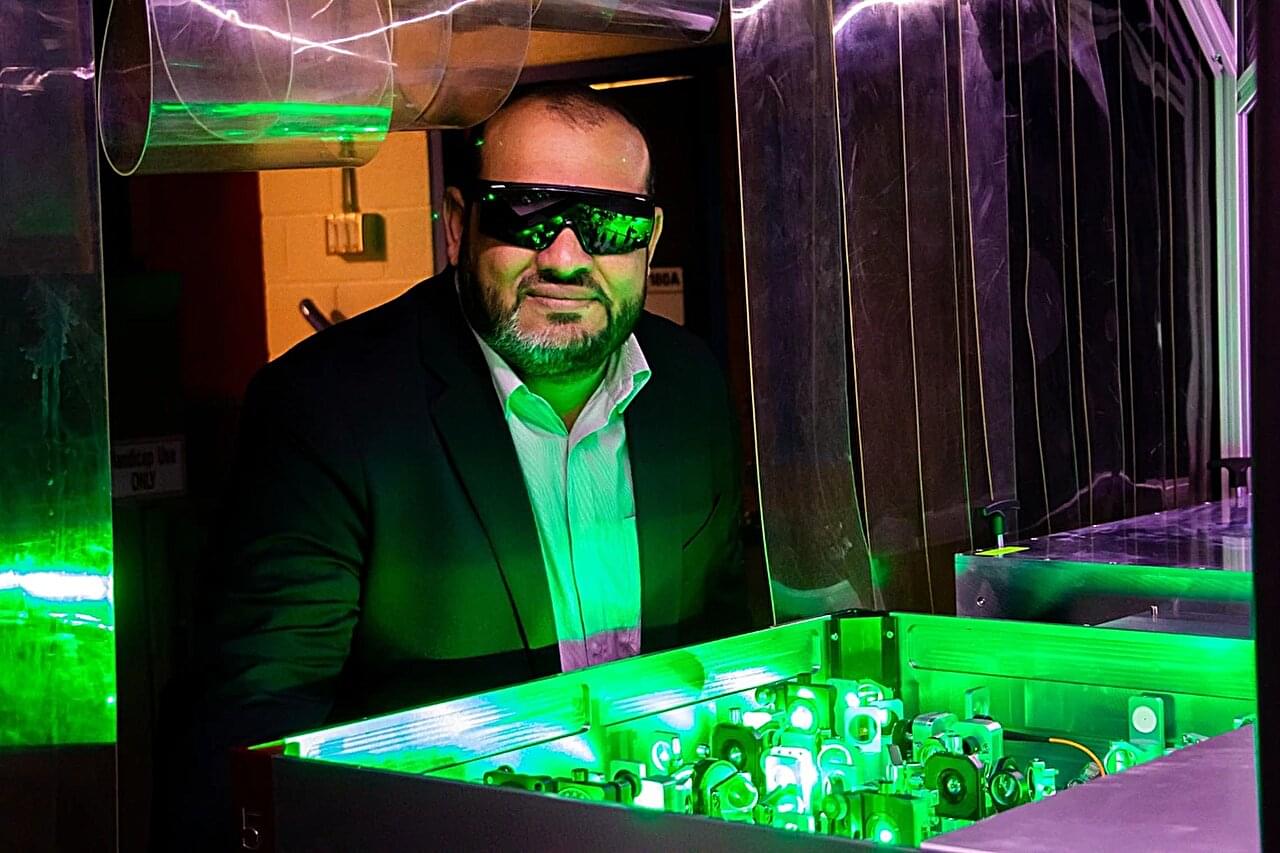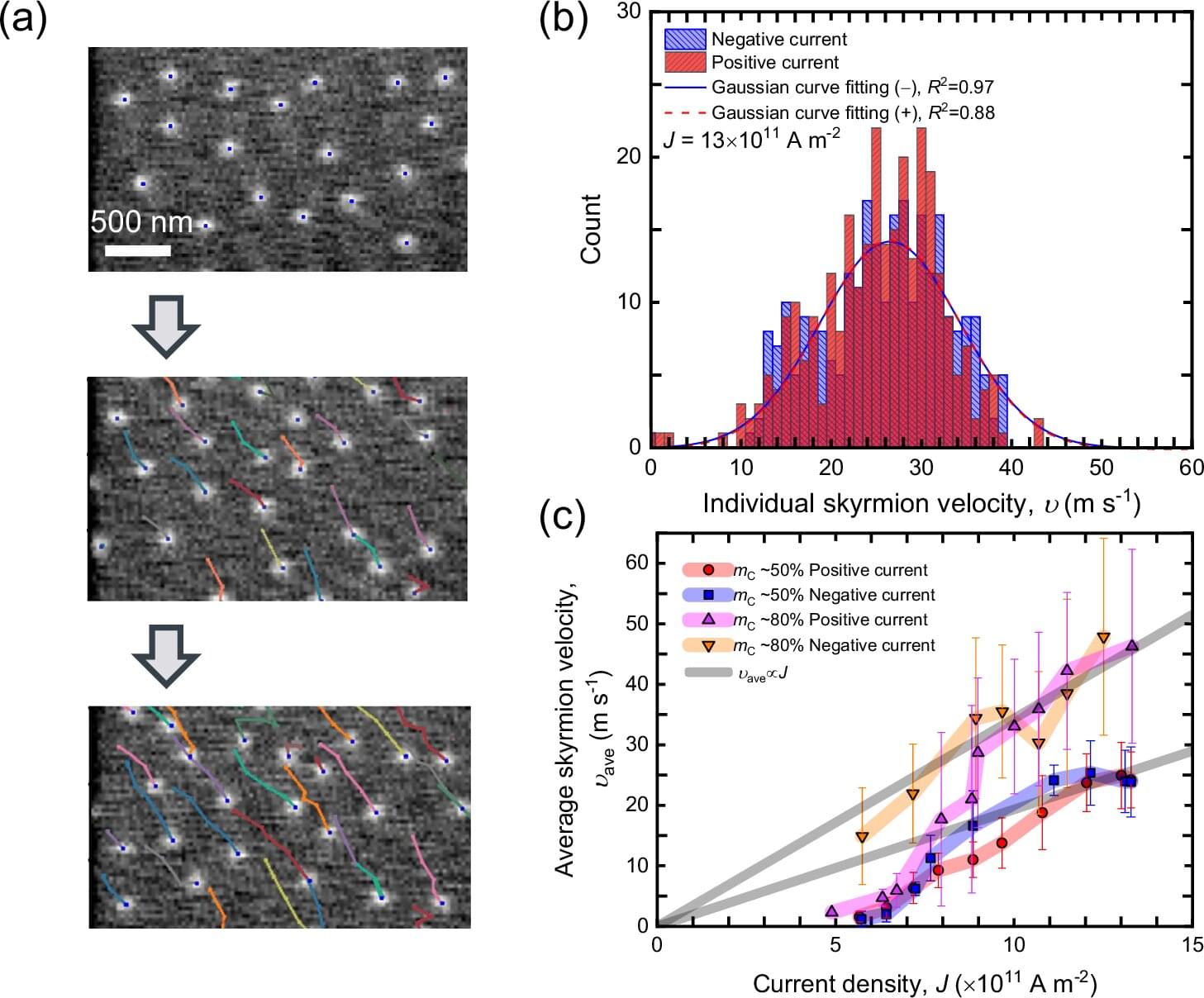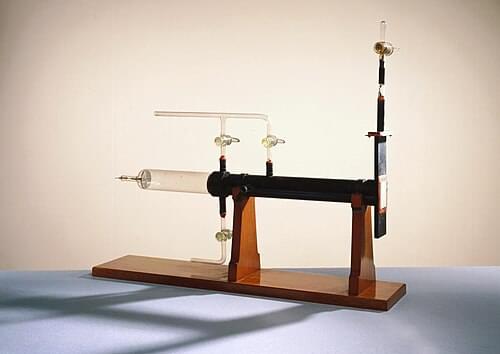Tokamaks are machines that are meant to hold and harness the power of the sun. These fusion machines use powerful magnets to contain a plasma hotter than the sun’s core and push the plasma’s atoms to fuse and release energy. If tokamaks can operate safely and efficiently, the machines could one day provide clean and limitless fusion energy.
Today, there are a number of experimental tokamaks in operation around the world, with more underway. Most are small-scale research machines built to investigate how the devices can spin up plasma and harness its energy.
One of the challenges that tokamaks face is how to safely and reliably turn off a plasma current that is circulating at speeds of up to 100 kilometers per second, at temperatures of over 100 million degrees Celsius.


